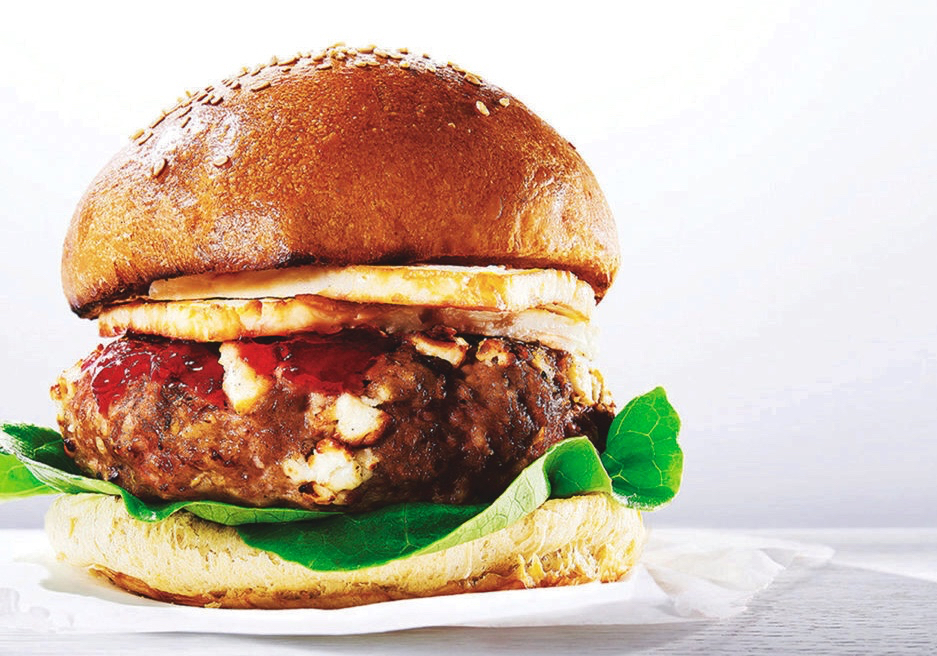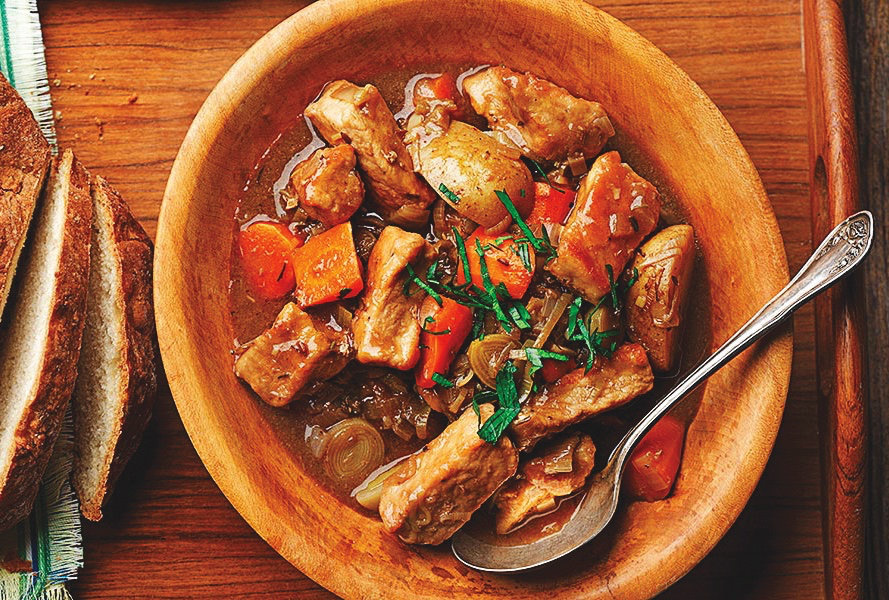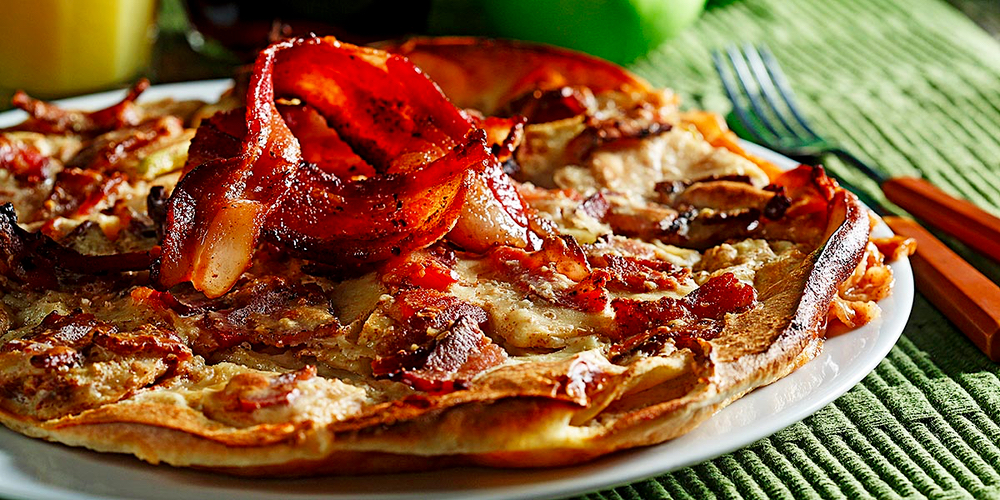If you’re trying to attract birds to your yard, one of the most useful items is a birdbath. Both winter and summer, a source of water near your feeders will attract songbirds to feed and bathe. My husband and I found this particularly true when there has been a long dry spell, such as we’ve had this summer and fall.
Bathing, even occasionally in winter, helps keep a bird’s feathers in good condition. This will help with body insulation when it’s cold. But weather isn’t the only factor to consider; size matters, too. Water loss in the small birds we usually attract is relatively higher than in larger birds and, of course, how much flying they do will also influence how much water they lose.
Read Also

Summer 2025 day trip ideas: Explore southwestern Manitoba
Looking for a road trip this Canada Day? These small communities in southwestern Manitoba have a rich history worth checking out this summer.
If you’re lucky enough to have a pond or an artificial water feature with moving water in your yard, you’ll know how the birds love this, but these can be expensive. If you don’t, then you can settle for a simple birdbath. In our yard, we’ve been careful to keep fresh water in the bath and it has become a popular spot for all sorts of songbirds.
Often the birds seem to come in bunches, especially in the morning and late afternoon. One early-October morning we watched as a dozen robins took turns having a bath or a drink. A single catbird appeared, a pair of mourning doves, a northern flicker, numerous goldfinches and purple finches in their muted fall colours, three blue jays, a couple of juncos and, of course, house sparrows.
One birdbath didn’t seem enough, so we moved our imitation Grecian urn from our back deck to a spot near the birdbath. This urn is the type we plug in to create a tiny trickling waterfall, and the birds loved that, especially the robins. One robin even tried to take a bath there in the confined area. My husband also put out another shallow pan with water to create more space.
Then he found directions on the Internet for making a homemade birdbath dripper. To make one, punch two pinholes in a recycled plastic jug (one in the bottom, and the other near the top for airflow). Fill the jug with water and hang it above a birdbath. Check the directions at: http://www.dannylipford.com/how-to-make-a-homemade-birdbath-dripper-for-your-yard/.
Lately I have heard birders talk about a product called a “Water Wiggler.” It doesn’t need wiring or plumbing but uses a couple of D batteries — which may last up to two months — and is set in a simple flat, saucer-shaped bowl or a birdbath where it will create continuous ripples. I’m thinking about buying one of these, though I wonder if this might mean not enough room for birds to bathe in a small bath like ours. Apparently the motion of the water also helps keep the water cleaner and deter mosquitoes from laying eggs in the summer. The newest kind now has a solar version, too, instead of batteries. I’ve also seen advertisements for something called a Drip-or-Mist, but I haven’t talked to anyone who has used one.
A couple of years ago we bought a heated birdbath to use during the winter, and it’s one of the best buys for birds that we’ve made. They don’t bathe as often during the winter but they use it for drinking and to help wash down their food — especially since winter diets are usually drier than summer diets.
A water source is particularly valuable in late October and November when there may be very little snow and all the natural water sources are frozen. We have ours placed not far from the suet, sunflower seeds and niger seed we regularly feed the birds in winter.
If you want to attract birds to your feeders, perhaps you might consider buying a birdbath and/or a Water Wiggler. (They make a great birthday or Christmas gift for a bird lover! Hint! Hint!) And remember to put in fresh water frequently, and to clean the bath regularly.


















